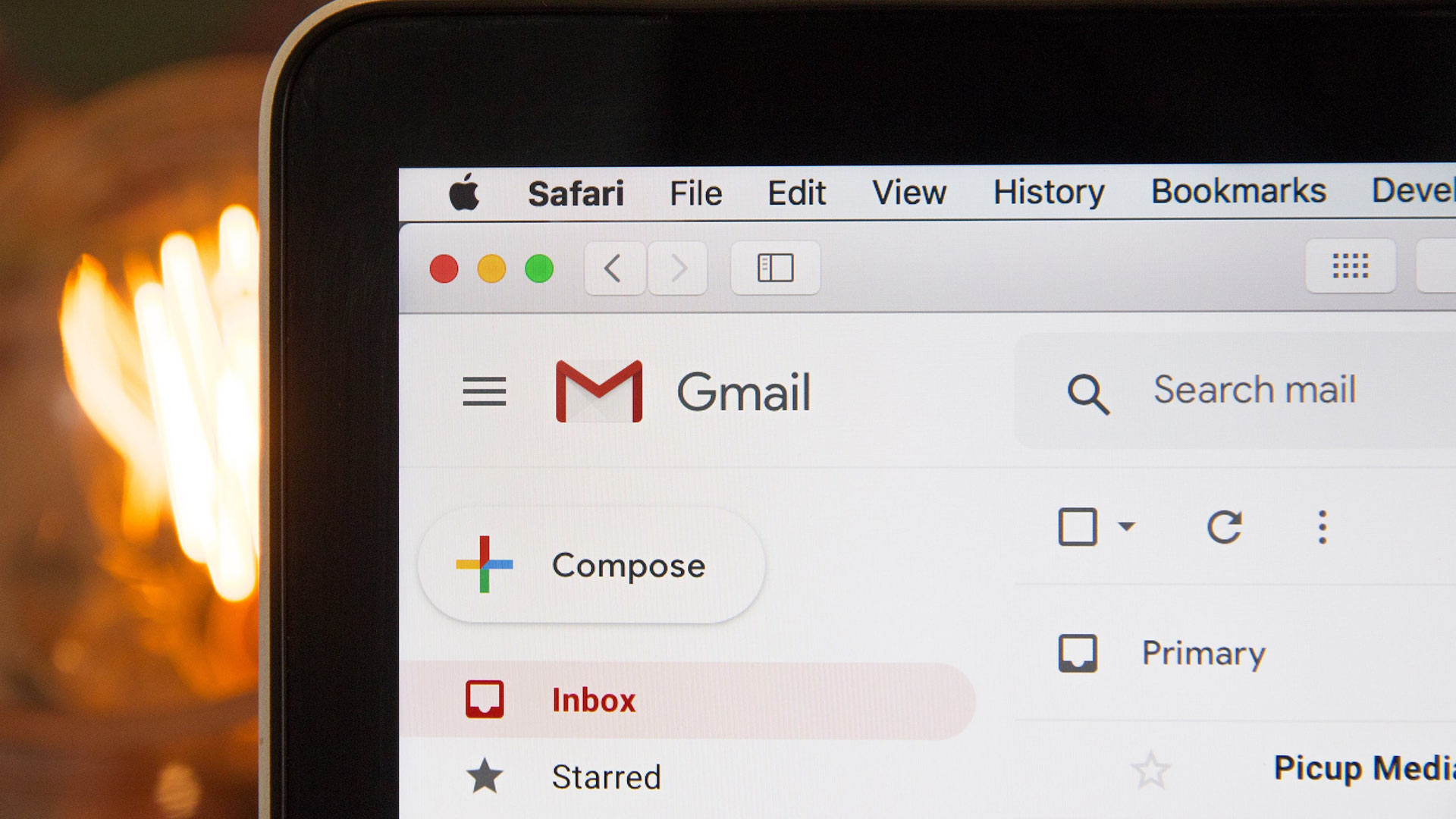Email marketing is one of the most effective ways to engage with your audience and turn subscribers into buyers. However, simply having a strategy and sending regular emails to your intended audience doesn’t mean email campaigns are working. The only way to know if your campaign is working is to track it. If you want to elevate your email campaigns, it’s important to evaluate each of the factors that determine your success.
In order to help, we wanted to highlight a few of the common reasons your email campaigns might not be working and provide some quick ideas for how to fix them. Here are four areas to evaluate and improve if you’re looking to generate better results from your email marketing campaigns.
1. Your Emails Are Ending Up in Spam Folders
Your audience will likely never see your email if it ends up in their spam folder. How do you measure this? Check the deliverability rate of your campaigns. Deliverability measures the rate at which emails reach subscribers’ inboxes.
If you notice your deliverability rate is low, here are a few things you can do:
- Make sure you’re using a reliable email service provider and avoid spam triggers.
- Delete old or inactive email addresses from your list and keep only people who are engaged.
- Check which email addresses bounced and remove those email addresses from your list.
2. Your Emails Aren’t Being Opened
As the old “tree falling in the woods” adage teaches us: if an email is never opened, will anyone read the message? The answer is no. The two biggest factors for determining open rates are often the subject line and send time.
That’s why your subject line is one of the most important aspects of elevating your email marketing campaigns. If you’ve struggled to increase open rates:
- Consider tweaking your subject line strategy to find more effective ways to capture attention and inspire your audience to open the email.
- You can also test the day and time that you send your email to see what works best.
- Use A/B testing to try out several versions of an email campaign to determine which is the most effective at increasing engagement.
3. People Aren’t Clicking Through or Taking Action
Clickthrough rate (CTR) is the percentage of people who click on your calls-to-action (CTAs). This is the ultimate goal of any email campaign. The email is the vehicle you use to inspire your audience to take the next step. Taking the time to create UTM codes that track post-visitor engagement is a great way to determine the effectiveness of every single email you send.
If you’re experiencing lower clickthrough rates than you used to generate, you might consider:
- Segmenting your emails to create more personal and targeted campaigns for your various target audiences.
- Optimizing the format of your content to ensure it’s easy for people to read.
- Testing different CTA formats to see what generates the greatest response, including buttons, links, images, and questions.
4. People Are Unsubscribing
An unsubscribe rate measures the number of people who opt out of your email list once they receive an email from you. If someone unsubscribes from your list, you’ve lost your chance to engaging with them through email. So how do you avoid people unsubscribing from your email campaigns? Here are a few ideas:
- Make sure the content you write is actually interesting and engaging.
- Give people the chance to manage their email preferences instead of unsubscribing from all your emails. This is especially important if you produce a monthly newsletter, promotions, and targeted email campaigns.
You spend a lot of time and energy crafting emails for your audience. The last thing you want is for the work you do to be ignored. Constantly testing and tweaking your emails is essential for keeping up with customer demand and ensuring the work you put into your campaigns generates the results you want. If you’re looking for ways to stay on top of the latest email trends, subscribe to our newsletter. We’ll provide helpful insights you can use to reach more customers.


